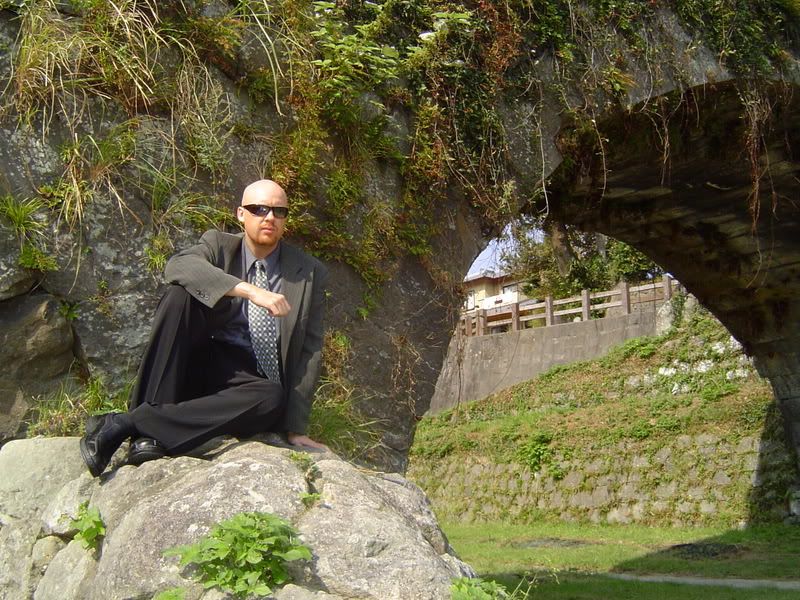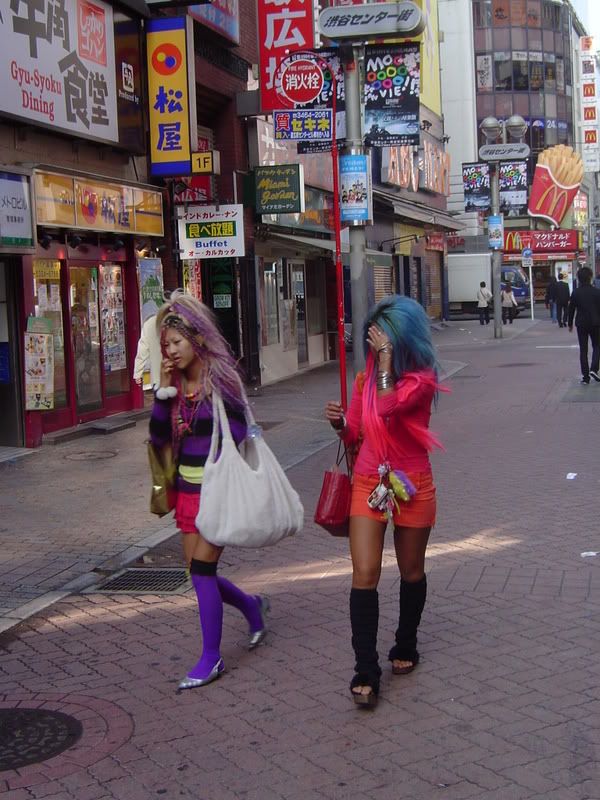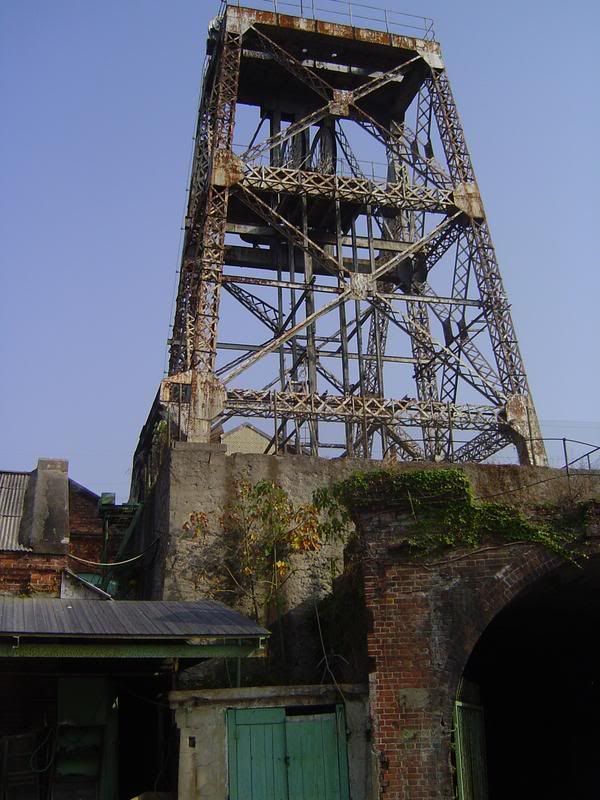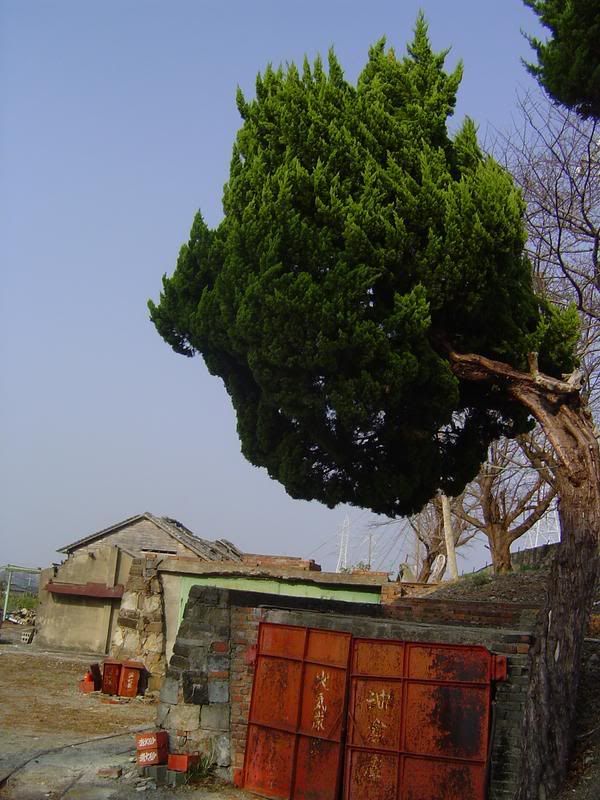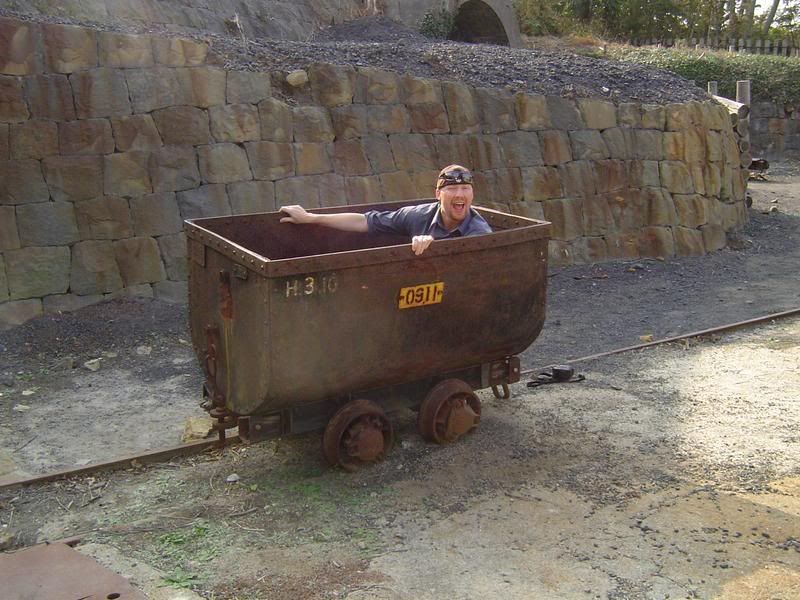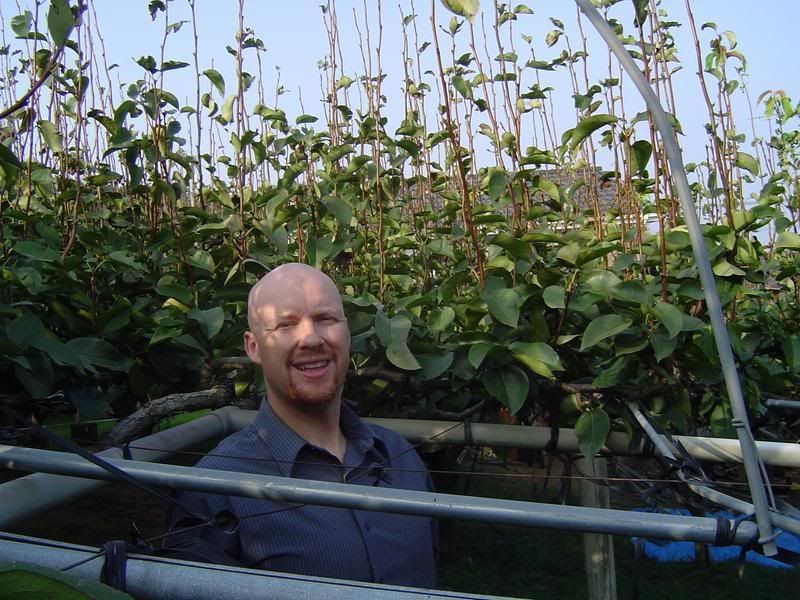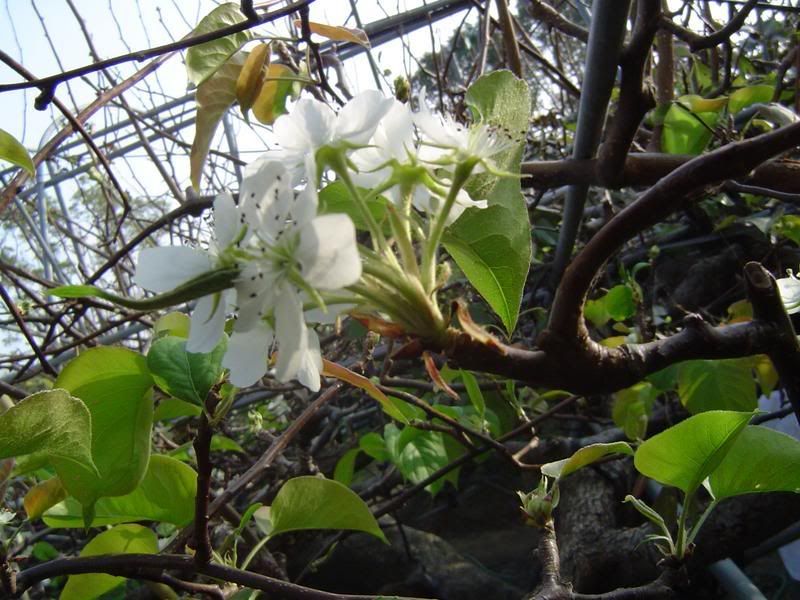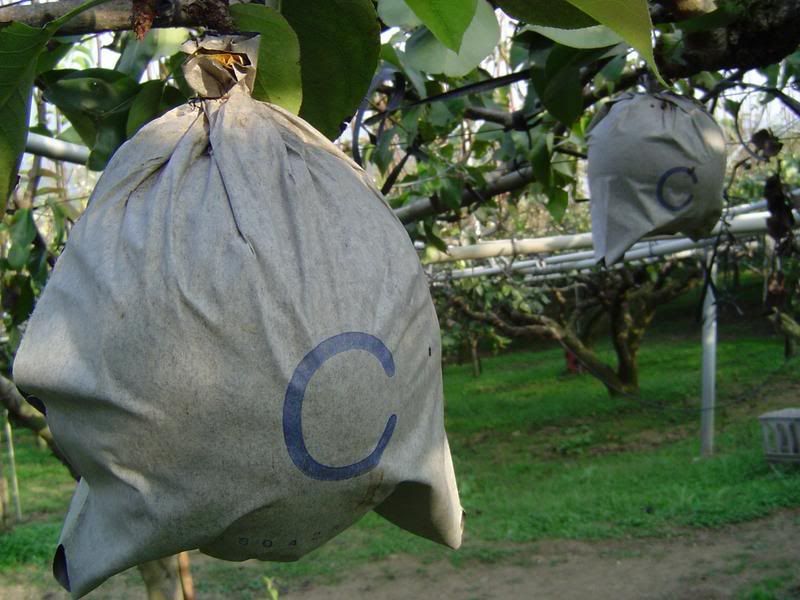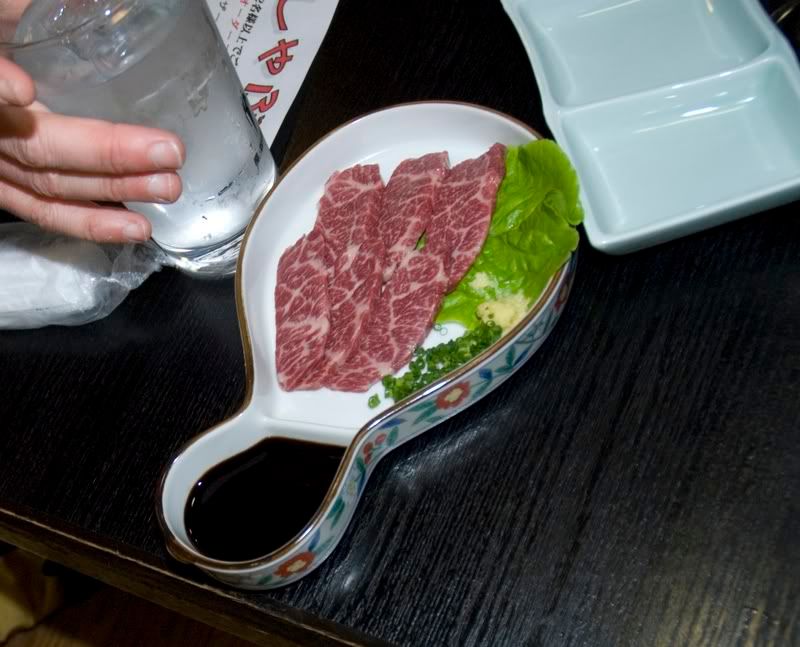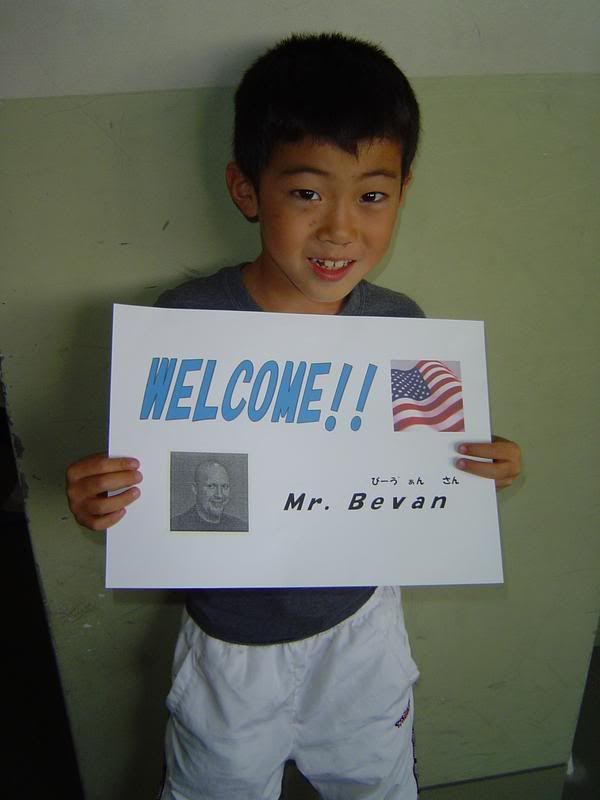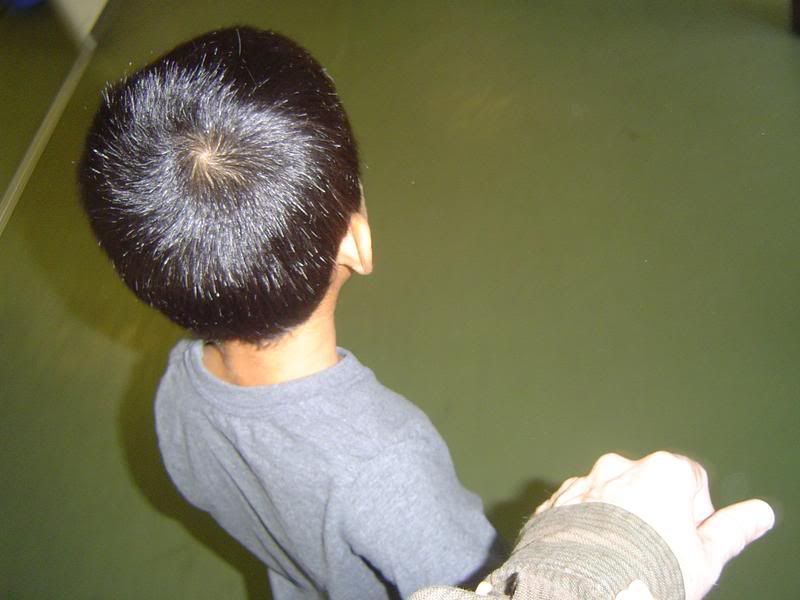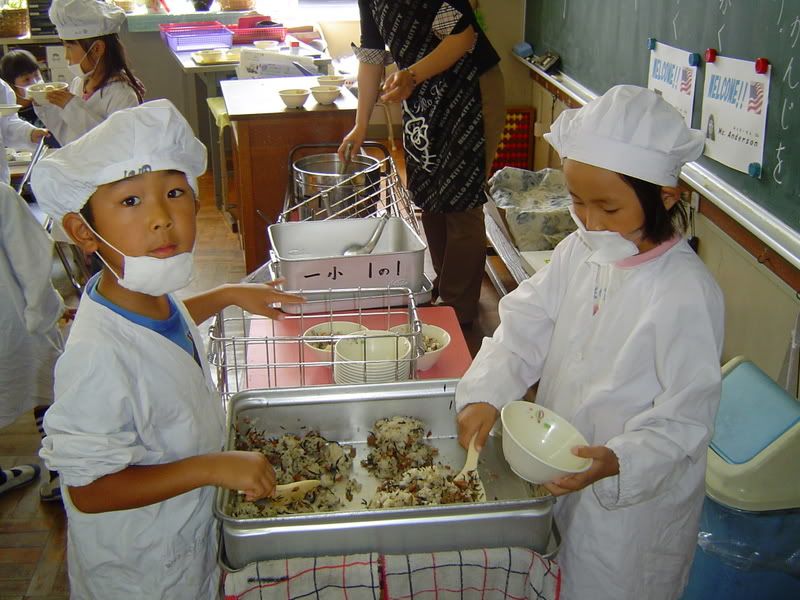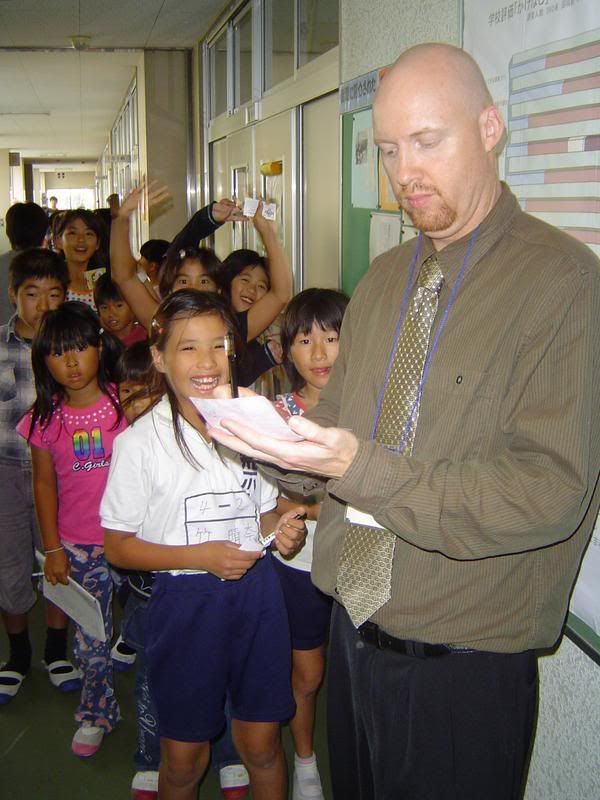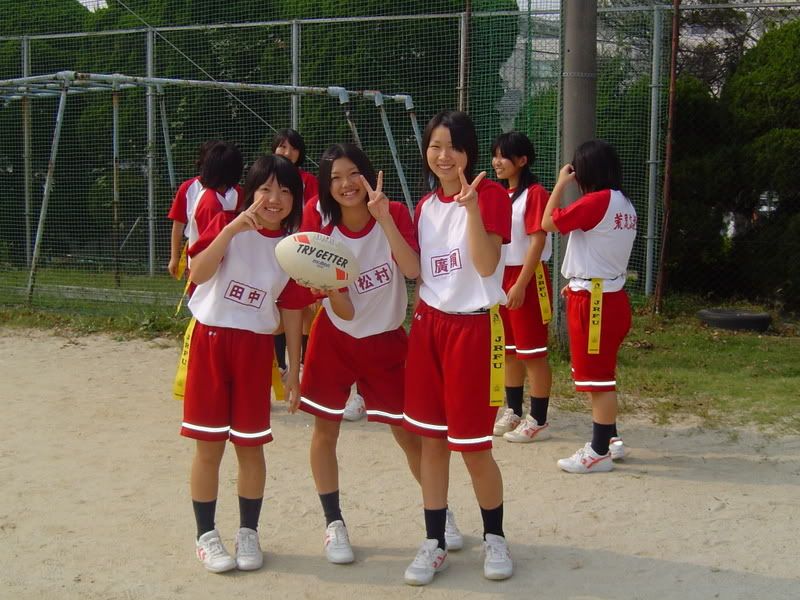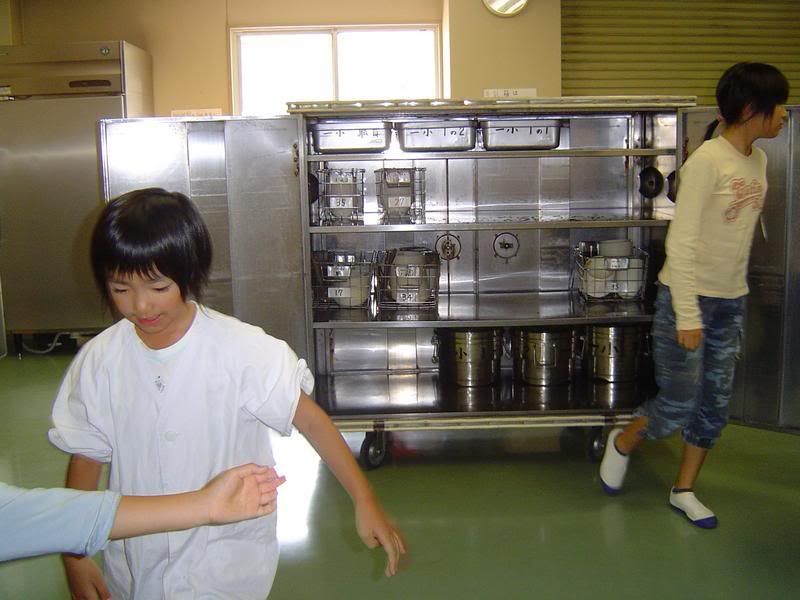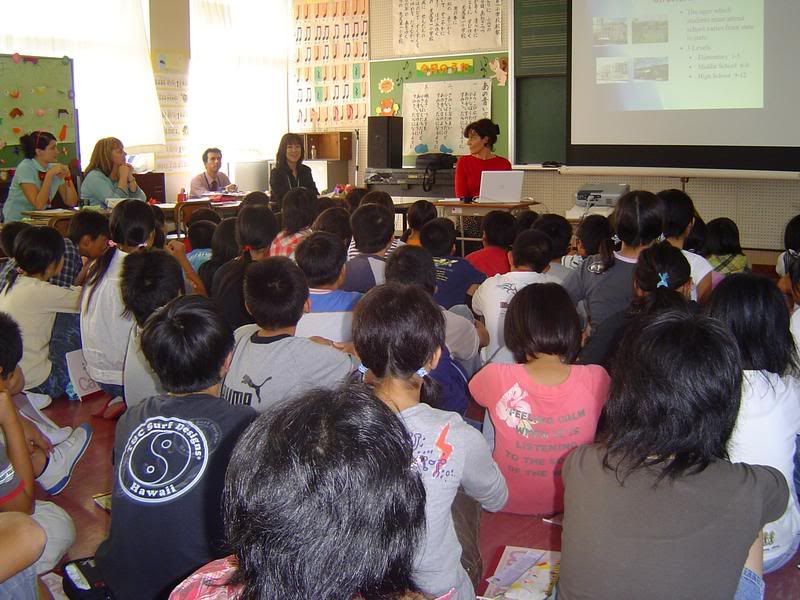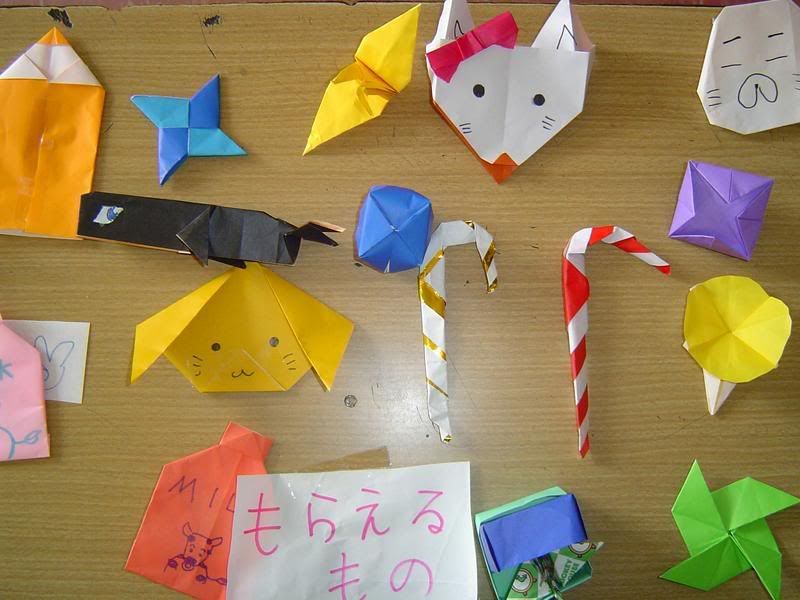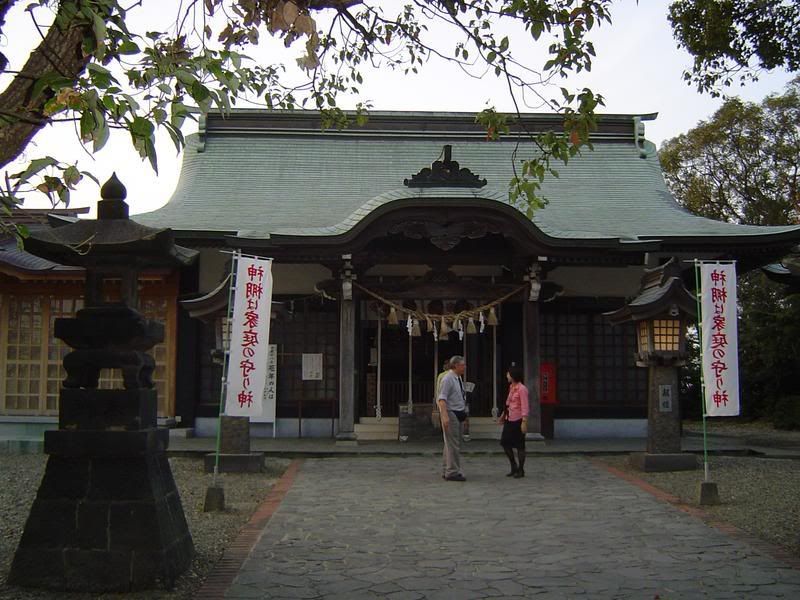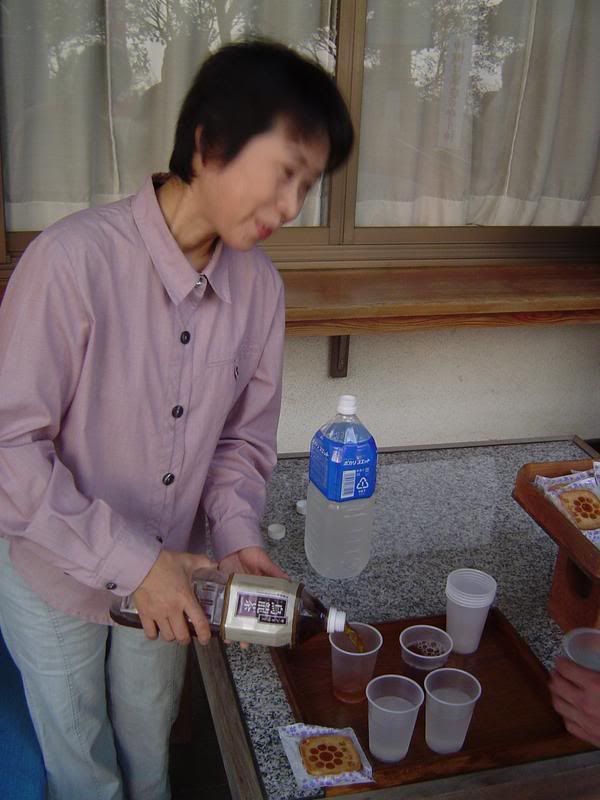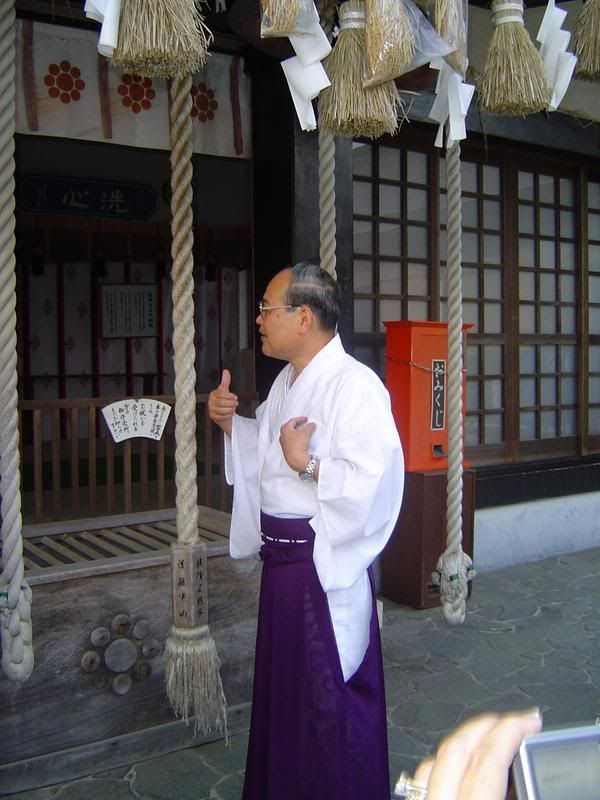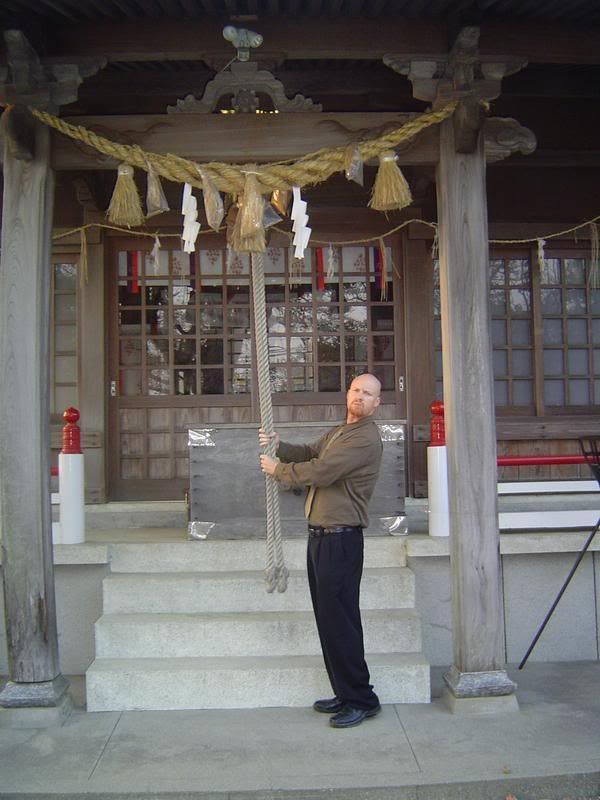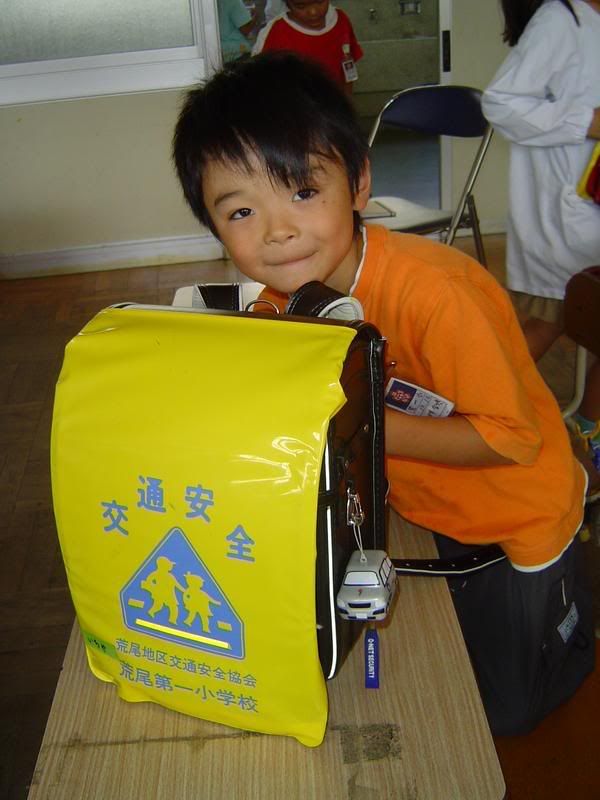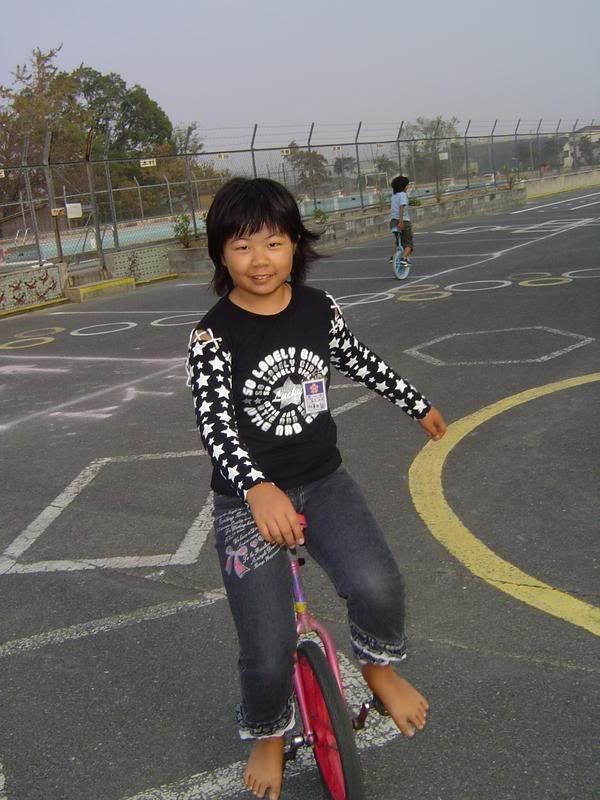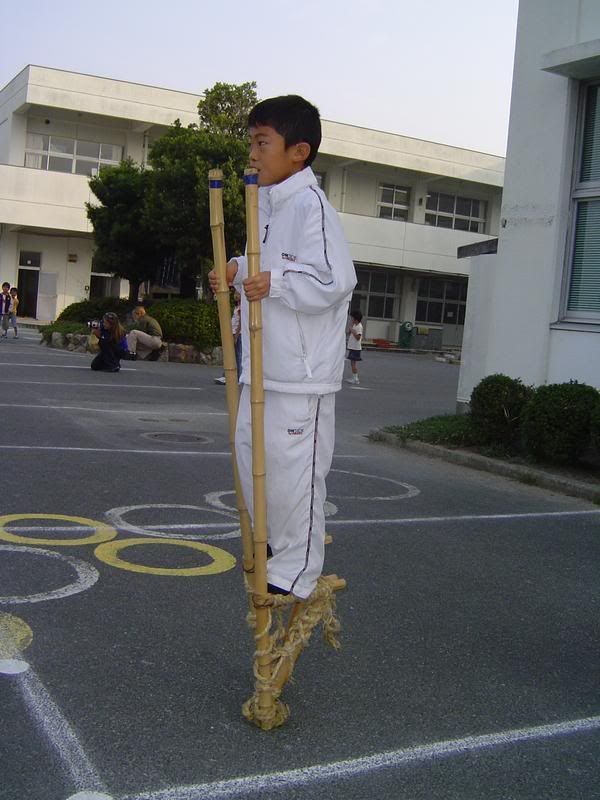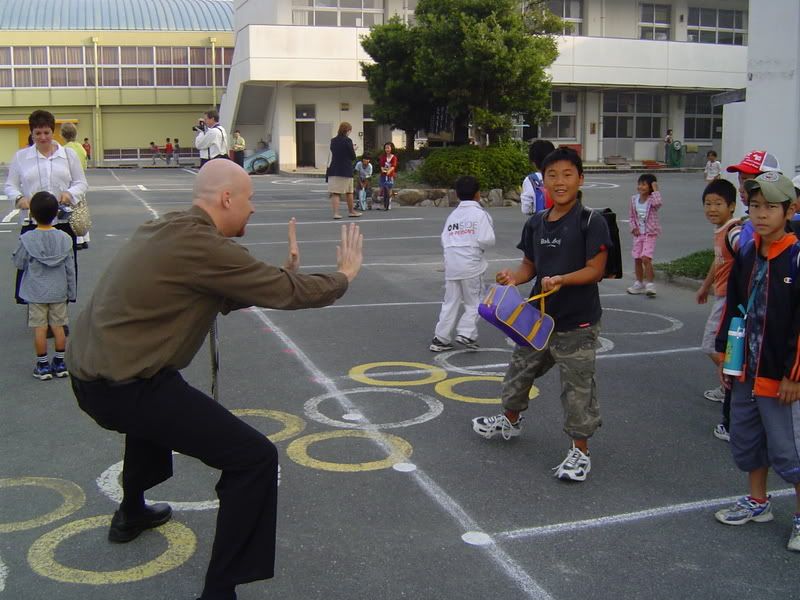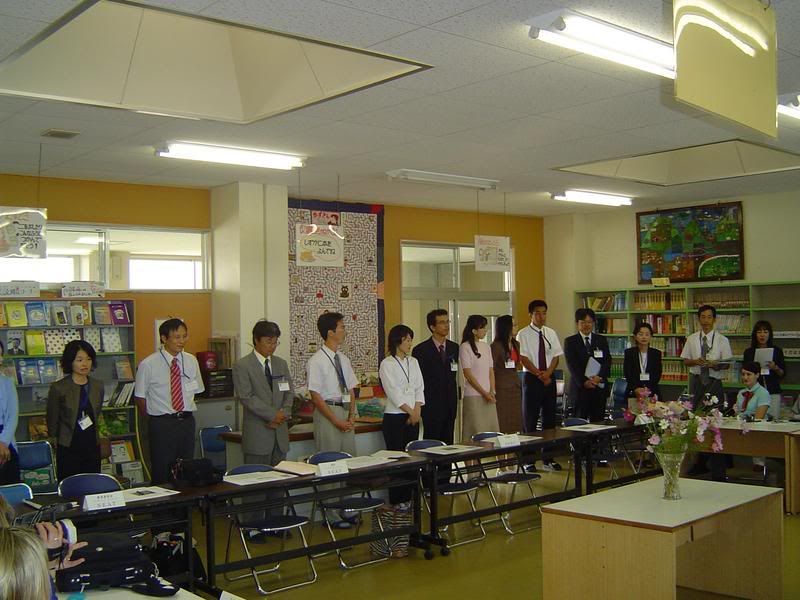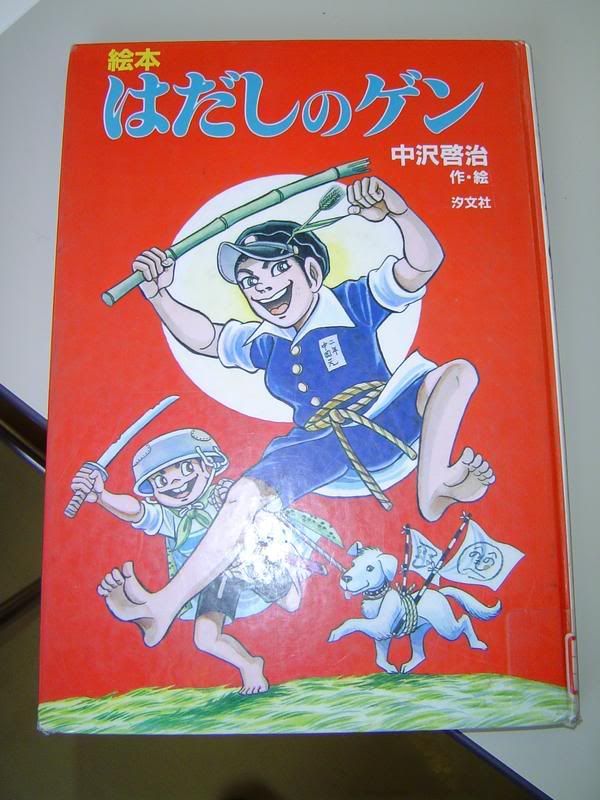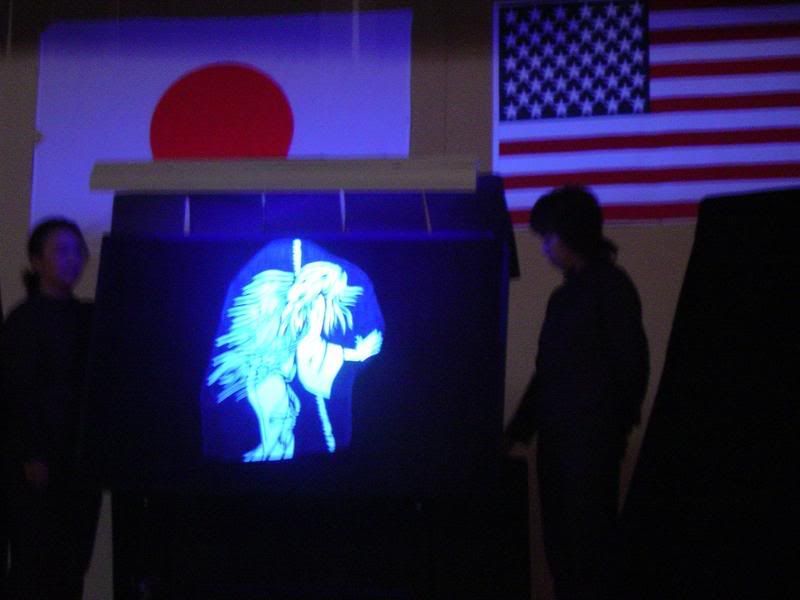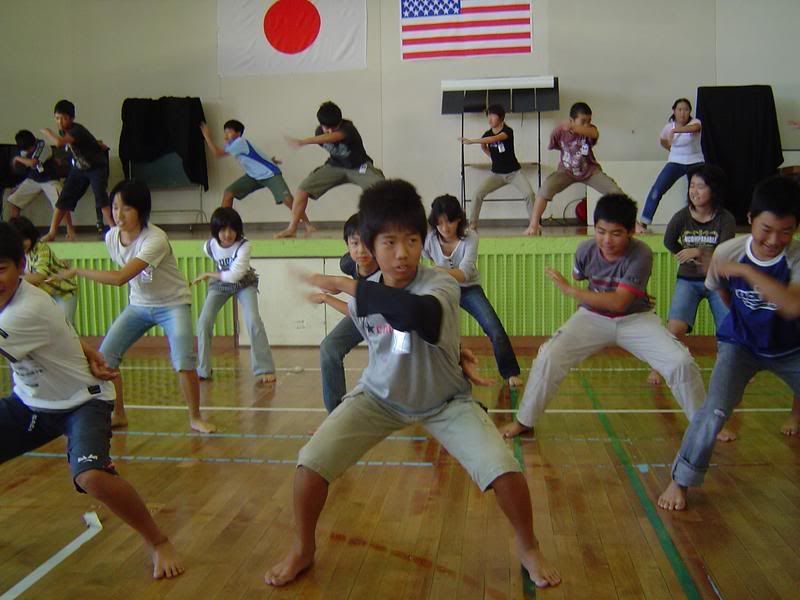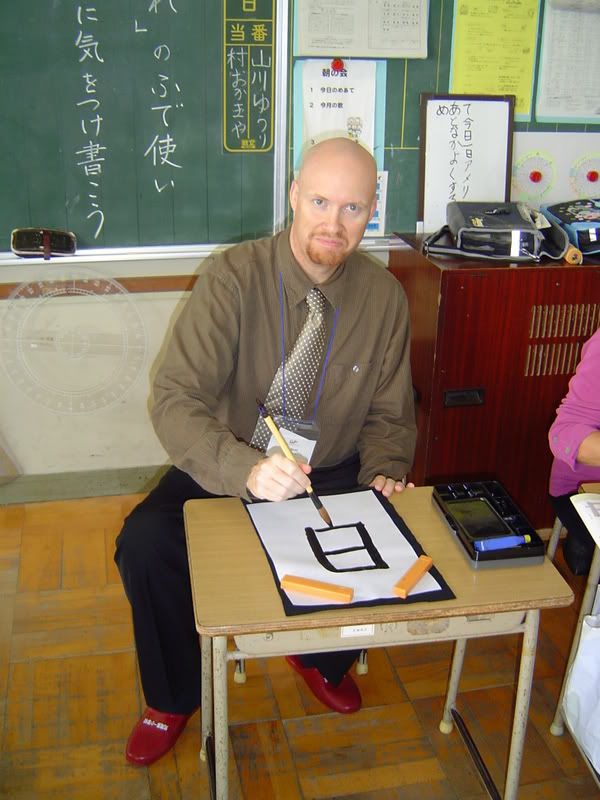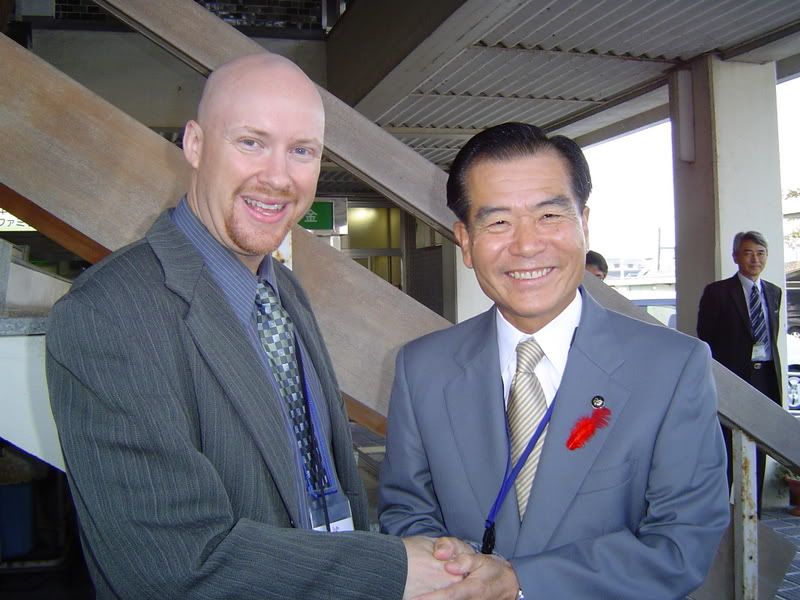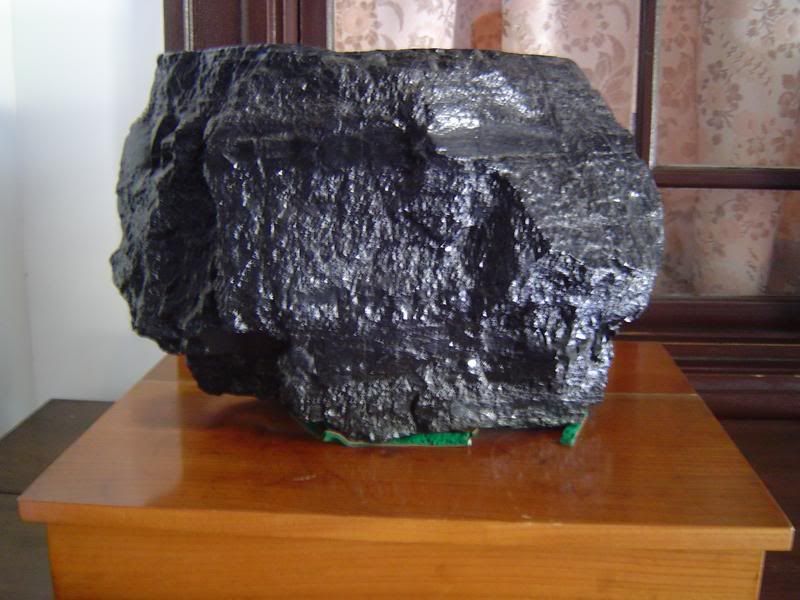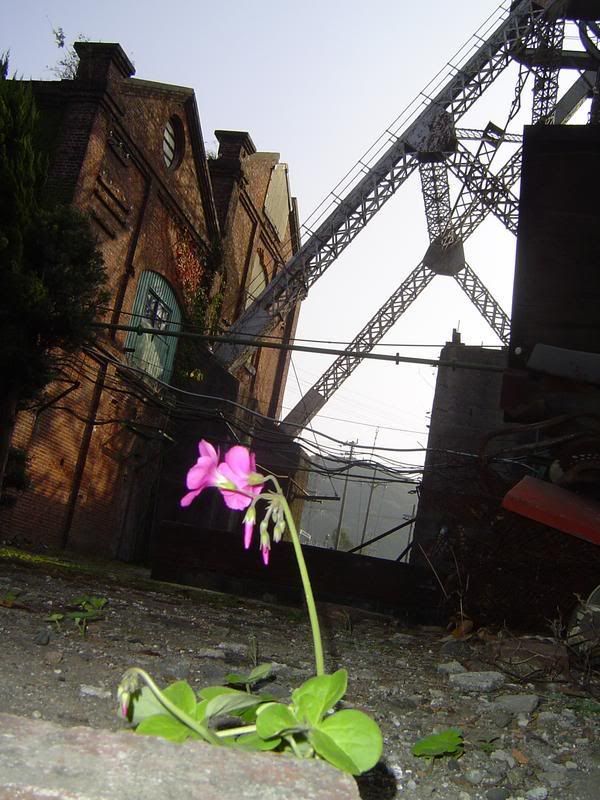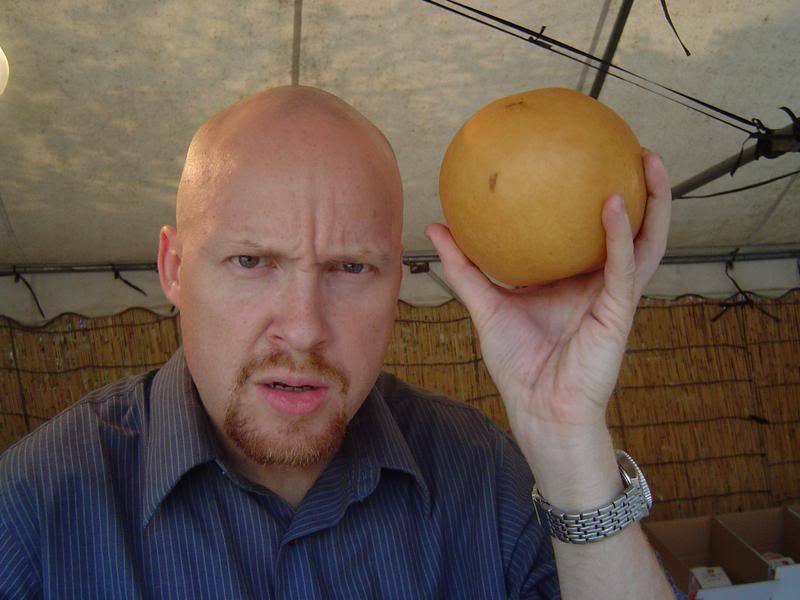10-14-06 SATURDAY “The Host With The Most”
Packing was crazy. The deal is we had to get together one small bag and leave the rest, because it is unheard of to bring so much luggage (3 weeks load) into someone’s house unless you are like moving in.
For one, I have no room in any of my bags, due to sample Japanese text books given to us by the schools that we had visited and all the souvenirs (junk) that I have been collecting of late. The other problem is we had to carry our overnight bag with us on the bus to the first activity. With all the text books in my carry on, I could not see this working with out breaking a shoulder.
Improvisation. I looked around the room for an answer. I thought about wiping a pillow case overnight as it worked out nicely for my laundry. I ended up having to put the clothing that I was going to wear at my host family’s house in a video camera bag. Only having less than a half of a loaf of bread’s worth of space, I had to pack light.
This is probably the lightest I have ever ever packed going anywhere. One T-shirt, one pair of socks, a pair of pants and a toothbrush. Because we were told to expect the hosts living conditions to be something REALLY small and far less footage than what we are use to living in back home, my lack of bag space was good for Japanese tradition by this point. As most Japanese houses are tiny, our guide said we would look like pack-rat monsters bringing so much into a place their home. It would simply not make sense.
Next we made our way via bus to the Traditional Japanese Tea Ceremony which JFMF and The Ariake International Cultural Society hosted at the Shoudai kougeikan Craft Museum in Arao. This great little lesson benefited us as educators from America, as well as the host family participants –in that these days many modern busy Japanese families never get a chance to partake in this peaceful ancient ritual.
In Japan, drinking tea matured over time into a highly developed culture called “The Way Of Tea.” This “Way” is related to various Japanese arts and philosophical principles expressing harmony, respect, purity and tranquility.
Our ritual was timely praising the season of autumn in front of a Shinto altar that had a Japanese flower arrangement and a small flute. The flute was included in this ceremony for three reasons by our tea host. One was to give a feeling of music to our ceremony to get a feel of autumn, the season being honored. Another reason the flute was included was to provide another element to give thanks to, as Shinto’s believes there is a god in every object.
In order to seat us all at first by means of Japanese kneeling-style in on the tatami bamboo mats (often used as carpeting in most homes in Japan and many Japanese restaurants,) legs were cramped and many of our older group members had an uncomfortable experience. While we were allowed to sit with our legs folded in what we used to call “Indian style” in kindergarten, our knees hovered over our neighbors lap.
This only lasted a short period of time during the welcome, because the group was then divided into two. One group engaged in the formal traditional ceremony where we were served by staff dressed as tea girls in full komodo gear.
Next, a tea girl sauntered up to each one of us and kneel four feet or so away. In a red flowery komoto, mine bowed over, entirely, making her face practically touch the floor in front of me.
Second part – serving your host family. I made a big boo boo. In the next room, we were given some sugar candies that represented various different plant life across Japan. These are to be served before the tea. Not thinking while I was watching some of the board of education drinking tea so we could see how to serve them by the tea girl instructors, I watched them take a bite. They started eating the candy, so then I ate a candy. The difference was, I got yelled at!
Despite the fact that this was an informal instruction, I didn’t realize that I was to be serving my host family mom first, and wait to have one myself later. So I gave Terumi some candy and picked up one for myself …and popped it.
Naoko Oguruma, our Group Coordinator, saw me eat and was appalled.
“You are here to serve your host! Not yourself!”
I became the ignorant American in her eyes that I knew I already was, but was actively trying to hide. I knew this would eventually happen so I laughed it off. Oh well.
I whipped up some potent green tea and Naoko laughed because it had almost NO FROTH. When Naoko turned around, one of the tea girls came over and whipped it up, giving it a full head of foam. I finally presented the cup to Terrumi, my host family mom. She took the tea, spun the cup around as we were taught in the other room and drank it. (You are supposed to spin the cup and drink from the dullest side of the pottery and place the most decorated side out to show that you are humble.)
She even pretended to like it too!
After a few photo-ops at the tea table, we were ready for lunch. As I was ready to sit down to eat with Terumi, her husband Syouji (a public official in Arao) and his son Satoshi (a 20 year-old student) came along, grabbed up our box lunches and whisked us up like green tea. I was off to The Kumamoto Castle Festival.
My family was very down to Earth. The son, a big fan of basketball, was funny. He really wanted to sit in the front, but was humble and asked me if I would take it. I told him no, but then later had second thoughts. The ride there was very scenic, but let me tell you, Syouji drives like crazy! I started to get car sick, but swallowed it back and bit my lip. Part of what made me dizzy I believe cold be that they drive on the opposite side of the road in Japan and with all the windy roads, it looked like we were going to get hit upon every curve throughout the rice-field laden journey.
An interesting additional point though about the trip was hearing the “navigator” beep and chirp like R2D2. There is a computer in most decent Japanese cars in the dashboard that makes the inside look space age. When we got to our destination it played a congratulatory Da-da-da dah- da-da… “Charge!” jingle.
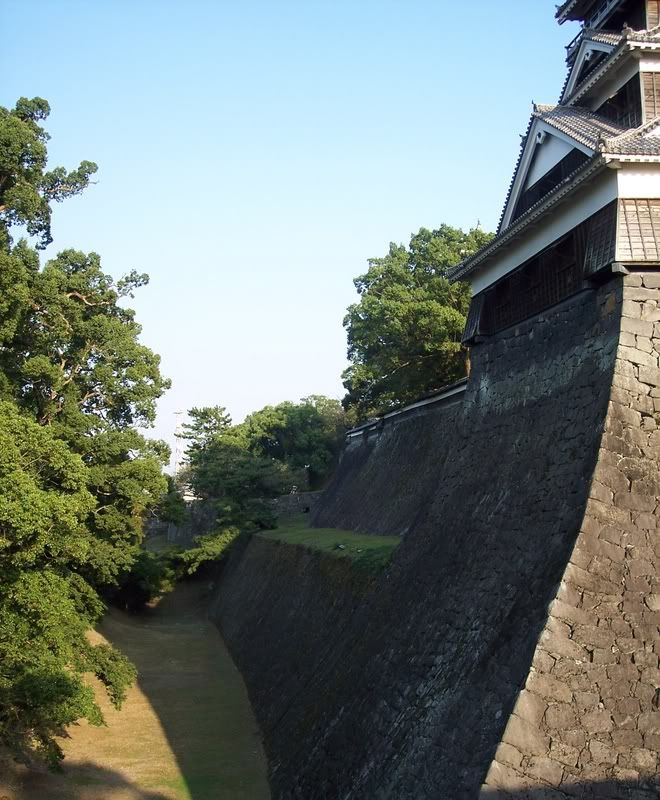
We ate our box lunches picnic-style at the park just outside of the large piece of Edo architecture, marched across a bridge and paid the 600 yen fare. The castle was enormous! Inside, a number of artifacts filled it out into a nice little museum. A few displays that stand out were a large gothic looking dolphin sculpture used on the roof to keep away evil spirits. And yet another interesting display was a large imperial boat used by a former emperor, all decked out like it had seen an ancient Edo version of “Pimp My Ride.”
Much like the Statue of Liberty in NYC, we climbed up the dozens and dozens ‘o flights of stairs until we had made it to the top.
Once there, the castle top was much like the Statue of liberty. Aside from the wonderful view of Kumamoto City (about an hour from Arao) there wasn’t anything else much to do or see once we hit the top, so we left.
The Matsutaka family then walked toward a second castle. At the entrance, we were handed hard hat helmets, construction-worker style, and journeyed inside. In the second castle, renovation was being had to replace of the entire support system throughout the castle. There were tools and machinery much throughout the display and it was actually quite interesting to see the bare skeleton that held up such a large structure.
After the castle, we went down in the courtyard and watched a splendid ancient Edo martial arts display. Some highlights included women’s bow staffing, kendo, kitana sword action, archery and judo.
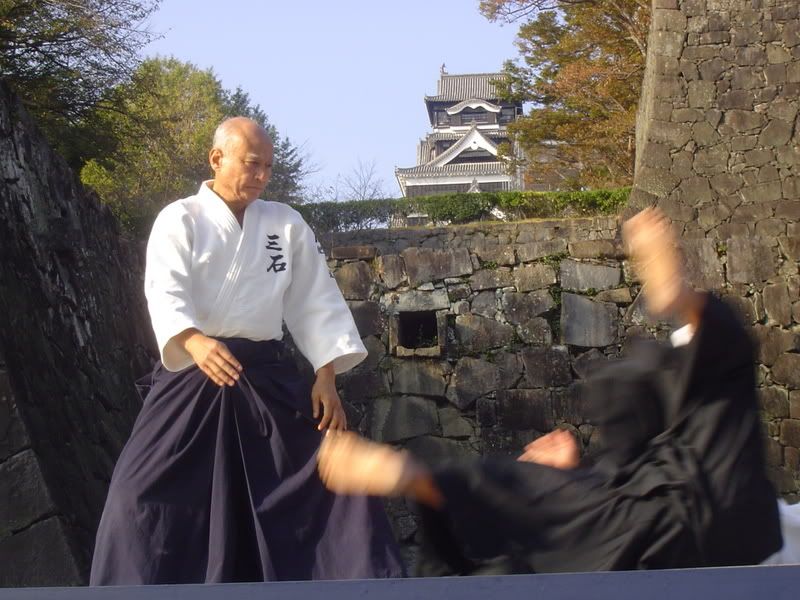
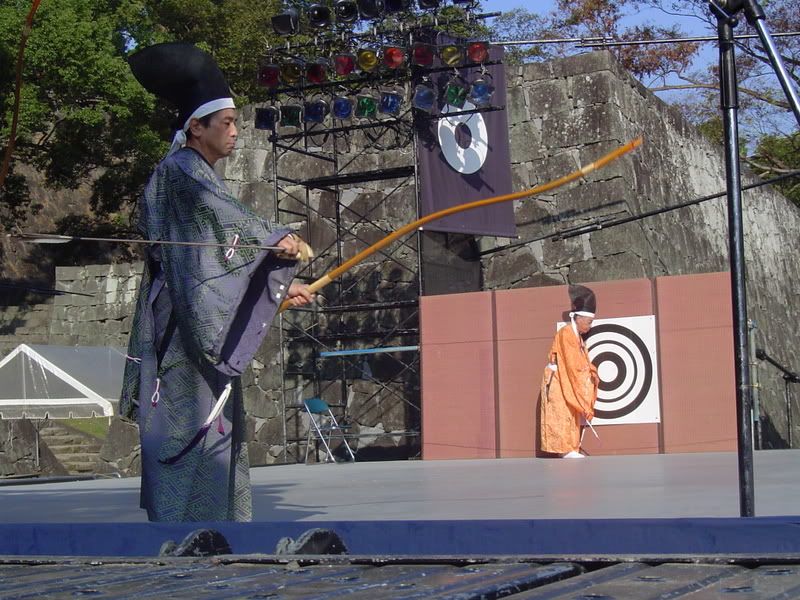
There was also a hand-held canon presentation. These looked really big, but the noise they made was even bigger. Watching these exhibitions was something else, having a stone wall in the backdrop with the Samarian Kumamoto Castle poking out of the skyline.
After we looked at a few fair-like stands, we went to engage in kaemoto (shopping). I must say, my host family went way out of their way for me, above and beyond the line of duty.
In the car, I gave my hosts each an altoid candy, as they said they have never seen the type of candy I had. However, in Japan there is no real bold taste like the little mints and they quickly wrinkled their noises and laughed at the potency of the little chalky white tablet.
In unison, they all spit into a tissue and laughed, “Argghh! NEW YOURK!”
Stop at martial arts store that had HUNDREDS of kendo sticks in bins at it entrance. The family asked if I wanted to get one. Because they speak almost no English, the son got out and interesting hand held calculator translator. I explained to him that I would love a kendo stick, however, that George Bush wouldn’t allow me to shop here because of what I would have to take on the plane with me upon my return.
They laughed at this too.
One little area that we stopped in looked like a mall, but outside. Down a long alley, we shopped for the items I had expressed to my family that I had wanted. A Noda whistle, Barefoot Gen book (a book on WW2 that was found in the Elementary school visit), Kanji script T- shirts and/or hats. Nothing was to be found, and I have come to the conclusion that Japan does not like clothing without American text because American text is IN STYLE.
Out of the ten shops or so that we peaked in, I ended up with wrestling mag in Japanese.
On the way home, hospitality continues and so does the English/American theme in Japan. The host family played the Beatles most of the way home.
By the time we returned, I had the wrong shoes. I went to put on some “Keeping it real” brand flip flops that I had purchased from the 100 yen store in Tokyo. My family laughed and gave me some actual slippers.
The family, again, went all out and tried to give me a full experience of Japan, Arao style. Dinner was a side of sushi and ODEN. Oden is like pot roast with a large pot under a flame filled with fish, tofu, carrots, some kind of vegetable, some rice sticky thing. Everything was very good.
They really wanted me to drink beer and could not understand why I would not. (I almost NEVER drink.) I told them with hand gestures that it makes me sleepy. They laughed and served me water.
With his calculator out, I asked Satoshi if this was a normal dinner for them, or if they had cooked extra for me. I learned that the Oden is something they often have and they love that dish, but the sushi was something they whipped up for me. I bowed and ate some and told them it was “yummy.”
My family was funny and kept offering me a fork, as does much of Japan. However, I wanted the full experience so I roughed it through. I am actually getting quite good at using them now.
Later that night, they offered me a Japanese bath. The way this works is they draw up a super hot bath and shower off, then sit in it for a few minutes, which literally is all your body can take. It was funny, because once again, Satoshi wanted to break the tradition of “the guest goes first and asked if he could go. I totally had no care in the world about this, but his parents said no way. The bath was real nice, but OWWWW! (how can I say this nicely?) The sitting almost emasculated me.
Internet for first time in week! (No treadmill either incidentally.) I was up until 2:30 working on my lap top.
